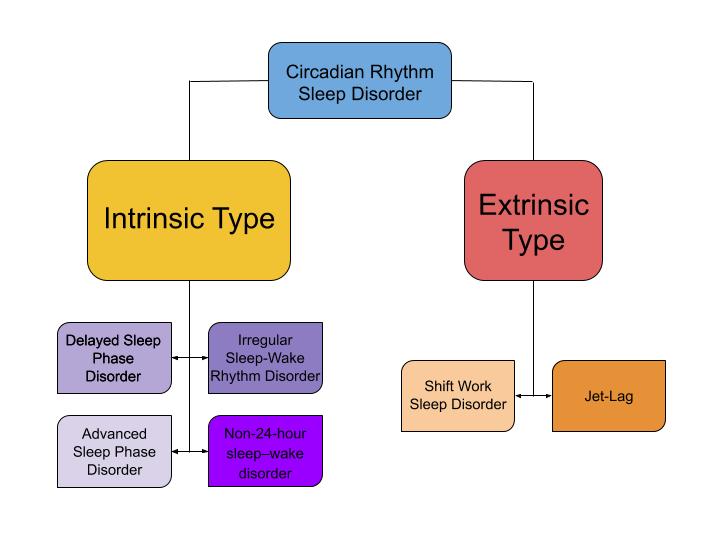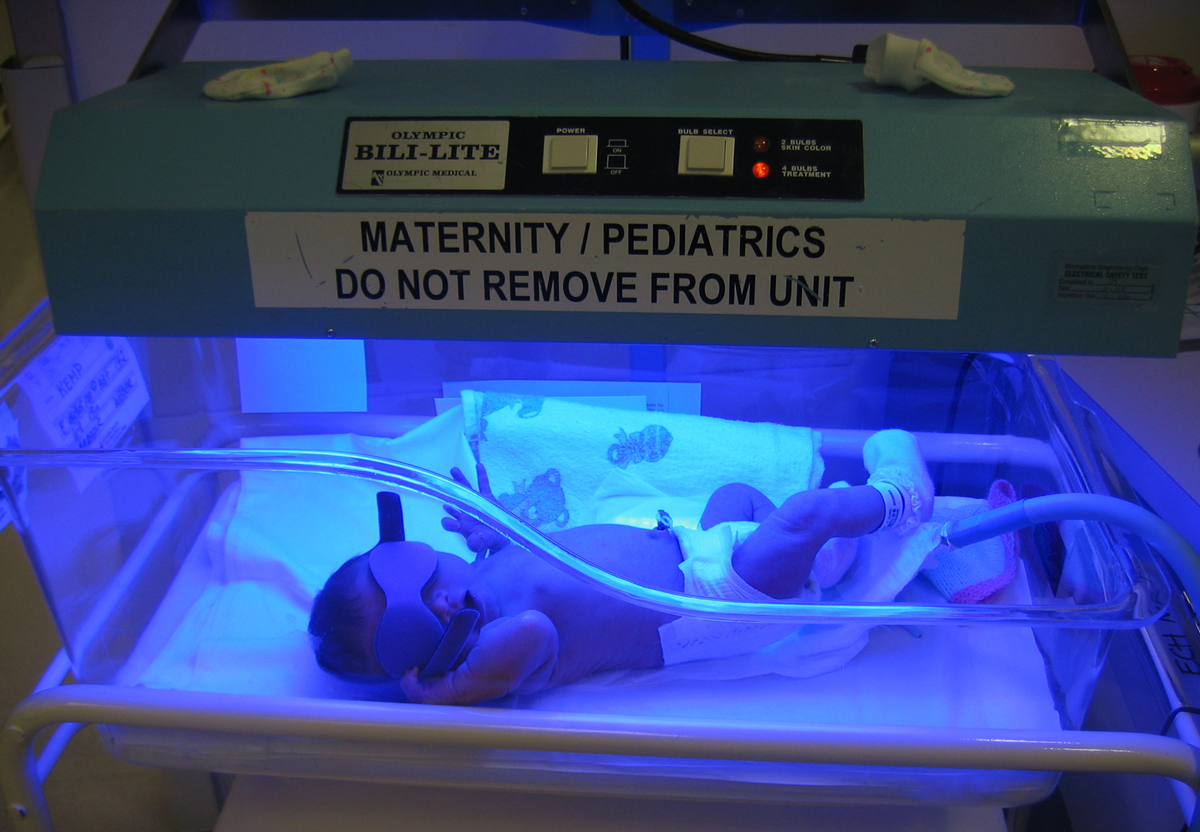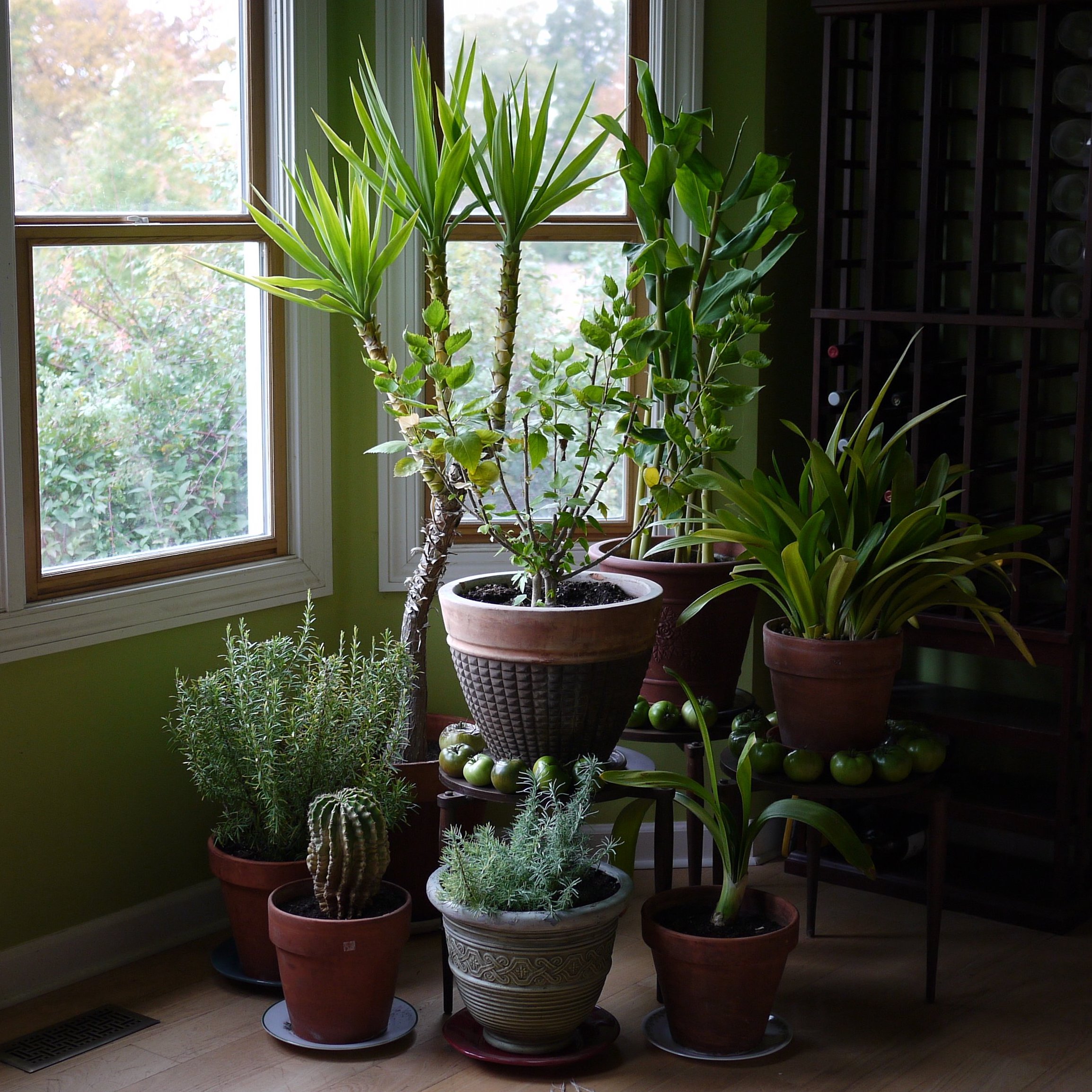|
Full-spectrum
Full-spectrum light is light that covers the electromagnetic spectrum from infrared to near- ultraviolet, or all wavelengths that are useful to plant or animal life; in particular, sunlight is considered full spectrum, even though the solar spectral distribution reaching Earth changes with time of day, latitude, and atmospheric conditions. "Full-spectrum" is not a technical term when applied to an electrical light bulb. Rather, it implies that the product emulates some important quality of natural light. Products marketed as "full-spectrum" may produce light throughout the entire visible spectrum, but without producing an even spectral distribution. Some may not differ substantially from lights not marketed as "full-spectrum". Measurement Color temperature and Color Rendering Index (CRI) are the standards for measuring light. There is no technical definition of "full-spectrum" so it cannot be measured. To compare "full-spectrum" sources requires direct comparison of spec ... [...More Info...] [...Related Items...] OR: [Wikipedia] [Google] [Baidu] |
Grow Light
A grow light is an electric light to help plants grow. Grow lights either attempt to provide a light spectrum similar to that of the sun, or to provide a spectrum that is more tailored to the needs of the plants being cultivated (typically a varying combination of red and blue light, which generally appears pink to purple to the human eye). Outdoor conditions are mimicked with varying colour temperatures and spectral outputs from the grow light, as well as varying the intensity of the lamps. Depending on the type of plant being cultivated, the stage of cultivation (e.g. the germination/vegetative phase or the flowering/fruiting phase), and the photoperiod required by the plants, specific ranges of spectrum, luminous efficacy and color temperature are desirable for use with specific plants and time periods. Typical use Grow lights are used for horticulture, indoor gardening, plant propagation and food production, including indoor hydroponics and aquatic plants. Although most grow ... [...More Info...] [...Related Items...] OR: [Wikipedia] [Google] [Baidu] |
Artificial Sunlight
Artificial sunlight is the use of a light source to simulate sunlight where the unique characteristics of sunlight are needed, but where sufficient natural sunlight is unavailable or infeasible. A device used to simulate sunlight is a solar simulator. Composition of natural sunlight The spectrum of electromagnetic radiation striking the Earth's atmosphere is 100 to 1,000,000 nanometers (nm). This can be divided into five regions in increasing order of wavelengths: * Ultraviolet C (UVC) range: 100–290 nm * Ultraviolet B (UVB) range: 290–320 nm * Ultraviolet A (UVA) range: 320–400 nm * Visible range or light: 400–700 nm * Infrared range. It is further divided into three types on the basis of wavelength: ** Infrared-A: 700–1,400 nm ** Infrared-B: 1,400–3,000 nm ** Infrared-C: 3,000–1,000,000 nm Applications Illumination It has been claimed that artificial light-sources whose spectra most closely mimic the spectrum of terrestr ... [...More Info...] [...Related Items...] OR: [Wikipedia] [Google] [Baidu] |
Color Temperature
Color temperature is the color of light emitted by an idealized opaque, non-reflective body at a particular temperature measured in kelvins. The color temperature scale is used to categorize the color of light emitted by other light sources regardless of their temperature. Color temperature is a characteristic of visible light that has important applications in lighting, photography, videography, publishing, manufacturing, astrophysics, horticulture, and other fields. In practice, color temperature is meaningful only for light sources that do in fact correspond somewhat closely to the color of some black body, i.e., light in a range going from red to orange to yellow to white to bluish white; it does not make sense to speak of the color temperature of, e.g., a green or a purple light. Color temperature is conventionally expressed in kelvins, using the symbol K, a unit of measure for absolute temperature. Color temperatures over 5000 K are called "cool colors" ... [...More Info...] [...Related Items...] OR: [Wikipedia] [Google] [Baidu] |
Color Rendering Index
A color rendering index (CRI) is a quantitative measure of the ability of a light source to reveal the colors of various objects faithfully in comparison with a natural or standard light source. Light sources with a high CRI are desirable in color-critical applications such as neonatal care and art restoration. It is defined by the International Commission on Illumination (CIE) as follows: Color rendering: Effect of an illuminant on the color appearance of objects by conscious or subconscious comparison with their color appearance under a reference or standard illuminant. The CRI of a light source does not indicate the apparent color of the light source; that information is given by the correlated color temperature (CCT). The CRI is determined by the light source's spectrum. An incandescent lamp has a continuous spectrum, a fluorescent lamp has a discrete line spectrum; implying that the incandescent lamp has the higher CRI. The value often quoted as "CRI" on commerciall ... [...More Info...] [...Related Items...] OR: [Wikipedia] [Google] [Baidu] |
Neon Lamp
A neon lamp (also neon glow lamp) is a miniature gas discharge lamp. The lamp typically consists of a small glass capsule that contains a mixture of neon and other gases at a low pressure and two electrodes (an anode and a cathode). When sufficient voltage is applied and sufficient current is supplied between the electrodes, the lamp produces an orange glow discharge. The glowing portion in the lamp is a thin region near the cathode; the larger and much longer neon signs are also glow discharges, but they use the positive column which is not present in the ordinary neon lamp. Neon glow lamps were widely used as indicator lamps in the displays of electronic instruments and appliances. They are still sometimes used for their electrical simplicity in high-voltage circuits. History Neon was discovered in 1898 by William Ramsay and Morris W. Travers. The characteristic, brilliant red color that is emitted by gaseous neon when excited electrically was noted immediately; Travers la ... [...More Info...] [...Related Items...] OR: [Wikipedia] [Google] [Baidu] |
Cornell University
Cornell University is a private statutory land-grant research university based in Ithaca, New York. It is a member of the Ivy League. Founded in 1865 by Ezra Cornell and Andrew Dickson White, Cornell was founded with the intention to teach and make contributions in all fields of knowledge—from the classics to the sciences, and from the theoretical to the applied. These ideals, unconventional for the time, are captured in Cornell's founding principle, a popular 1868 quotation from founder Ezra Cornell: "I would found an institution where any person can find instruction in any study." Cornell is ranked among the top global universities. The university is organized into seven undergraduate colleges and seven graduate divisions at its main Ithaca campus, with each college and division defining its specific admission standards and academic programs in near autonomy. The university also administers three satellite campuses, two in New York City and one in Educatio ... [...More Info...] [...Related Items...] OR: [Wikipedia] [Google] [Baidu] |
Circadian Rhythm Sleep Disorder
Circadian rhythm sleep disorders (CRSD), also known as circadian rhythm sleep-wake disorders (CRSWD), are a family of sleep disorders which affect the timing of sleep. CRSDs arise from a persistent pattern of sleep/wake disturbances that can be caused either by dysfunction in one's biological clock system, or by misalignment between one's endogenous oscillator and externally imposed cues. As a result of this mismatch, those affected by circadian rhythm sleep disorders have a tendency to fall asleep at unconventional time points in the day. These occurrences often lead to recurring instances of disturbed rest, where individuals affected by the disorder are unable to go to sleep and awaken at "normal" times for work, school, and other social obligations. Delayed sleep phase disorder, advanced sleep phase disorder, non-24-hour sleep–wake disorder and irregular sleep–wake rhythm disorder represents the four main types of CRSD. Overview Humans, like most living organisms, ha ... [...More Info...] [...Related Items...] OR: [Wikipedia] [Google] [Baidu] |
Phototherapy
Light therapy, also called phototherapy or bright light therapy is intentional daily exposure to direct sunlight or similar-intensity artificial light in order to treat medical disorders, especially seasonal affective disorder (SAD) and circadian rhythm sleep-wake disorders. Treating skin conditions such as neurodermatitis, psoriasis, acne vulgaris, and eczema with ultraviolet light is called ultraviolet light therapy. Medical uses Nutrient deficiency Vitamin D deficiency Exposure to light at specific wavelengths of Ultraviolet B (abbreviated as UV-B or UVB) enables the body to produce vitamin D to treat vitamin D deficiency. Skin conditions Light therapy treatments for the skin usually involve exposure to ultraviolet light. The exposures can be to a small area of the skin or over the whole body surface, as in a tanning bed. The most common treatment is with narrowband UVB, which has a wavelength of approximately 311–313 nanometers. Full body phototherapy can ... [...More Info...] [...Related Items...] OR: [Wikipedia] [Google] [Baidu] |
Circadian Cycles
A circadian rhythm (), or circadian cycle, is a natural, internal process that regulates the sleep–wake cycle and repeats roughly every 24 hours. It can refer to any process that originates within an organism (i.e., Endogeny (biology), endogenous) and responds to the environment (Entrainment (chronobiology), entrained by the environment). These 24-hour rhythms are driven by a circadian clock, and they have been widely observed in animals, plants, fungi and cyanobacteria. The term ''circadian'' comes from the Latin ''wikt:circa#Latin, circa'', meaning "approximately", and ''dies'', meaning "day". Processes with 24-hour cycles are more generally called diurnal rhythms; diurnal rhythms should not be called circadian rhythms unless they can be confirmed as endogenous, and not environmental. Although circadian rhythms are endogenous, they are adjusted to the local environment by external cues called zeitgebers (German for "time givers"), which include light, temperature and redox cy ... [...More Info...] [...Related Items...] OR: [Wikipedia] [Google] [Baidu] |
Seasonal Affective Disorder
Seasonal affective disorder (SAD) is a mood disorder subset, in which people who have normal mental health throughout most of the year exhibit depressive symptoms at the same time each year. Common symptoms include sleeping too much, having little to no energy, and overeating. The condition in the summer can include heightened anxiety.Seasonal affective disorder (SAD): Symptoms MayoClinic.com (September 22, 2011). Retrieved on March 24, 2013. In the '' Diagnostic and Statistical Manual of Mental Disorders'' DSM-IV and |
Photosynthesis
Photosynthesis is a process used by plants and other organisms to convert light energy into chemical energy that, through cellular respiration, can later be released to fuel the organism's activities. Some of this chemical energy is stored in carbohydrate molecules, such as sugars and starches, which are synthesized from carbon dioxide and water – hence the name ''photosynthesis'', from the Greek ''phōs'' (), "light", and ''synthesis'' (), "putting together". Most plants, algae, and cyanobacteria perform photosynthesis; such organisms are called photoautotrophs. Photosynthesis is largely responsible for producing and maintaining the oxygen content of the Earth's atmosphere, and supplies most of the energy necessary for life on Earth. Although photosynthesis is performed differently by different species, the process always begins when energy from light is absorbed by proteins called reaction centers that contain green chlorophyll (and other colored) pigments/chromoph ... [...More Info...] [...Related Items...] OR: [Wikipedia] [Google] [Baidu] |
Houseplant
A houseplant, sometimes known as a pot plant, potted plant, or an indoor plant, is an ornamental plant that is grown indoors. As such, they are found in places like residences and offices, mainly for decorative purposes. Common houseplants are usually tropical or semi-tropical, and are often epiphytes, succulents or cacti. Cultural history Early history The history of houseplants is intertwined with the history of container gardening in general. Ancient Egyptians and Sumerians grew ornamental and fruiting plants in decorative containers. Ancient Greeks and the Romans cultivated laurel trees in earthenware vessels. In ancient China, potted plants were shown at garden exhibitions over 2,500 years ago. In the medieval era, gillyflowers were displayed in containers. Early modern era In the Renaissance, plant collectors and affluent merchants from Italy, the Netherlands and Belgium imported plants from Asia Minor and the East Indies. Creeping groundsel was introduced in Ma ... [...More Info...] [...Related Items...] OR: [Wikipedia] [Google] [Baidu] |









